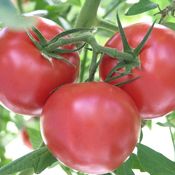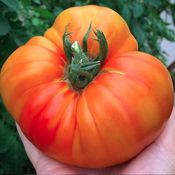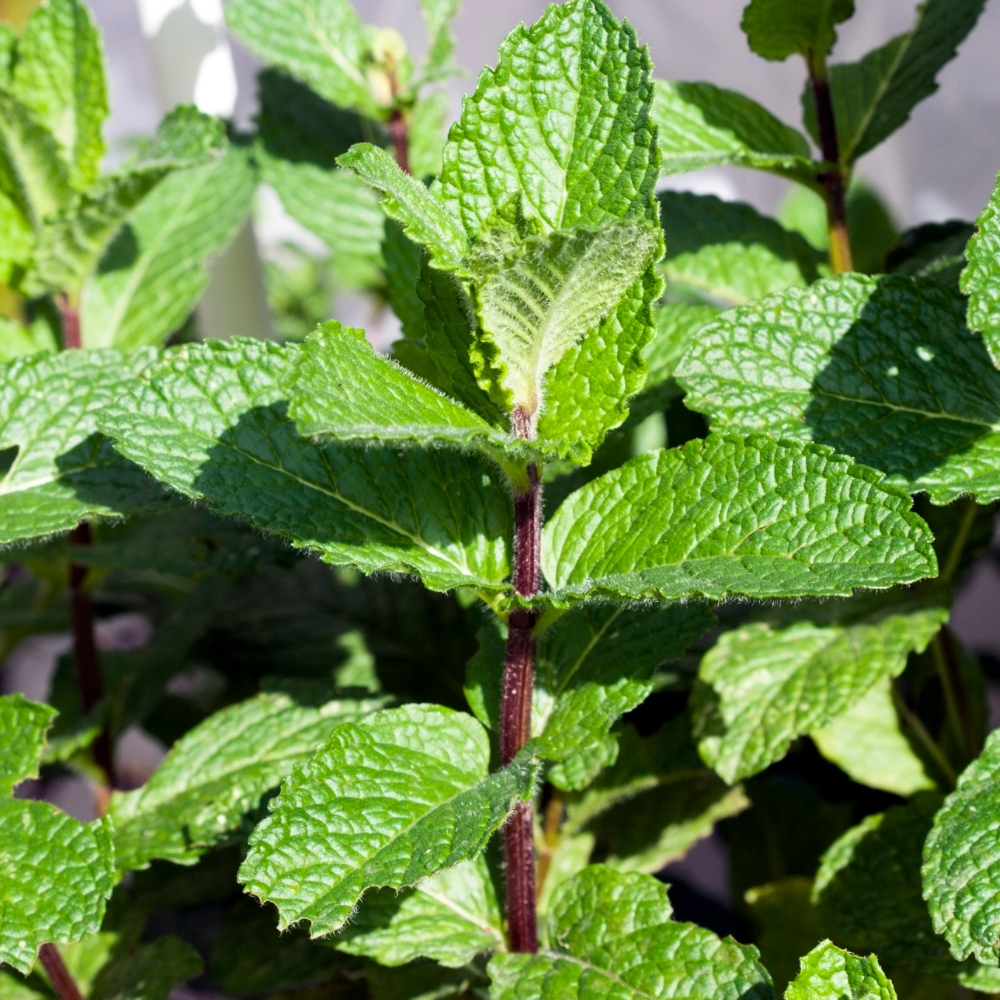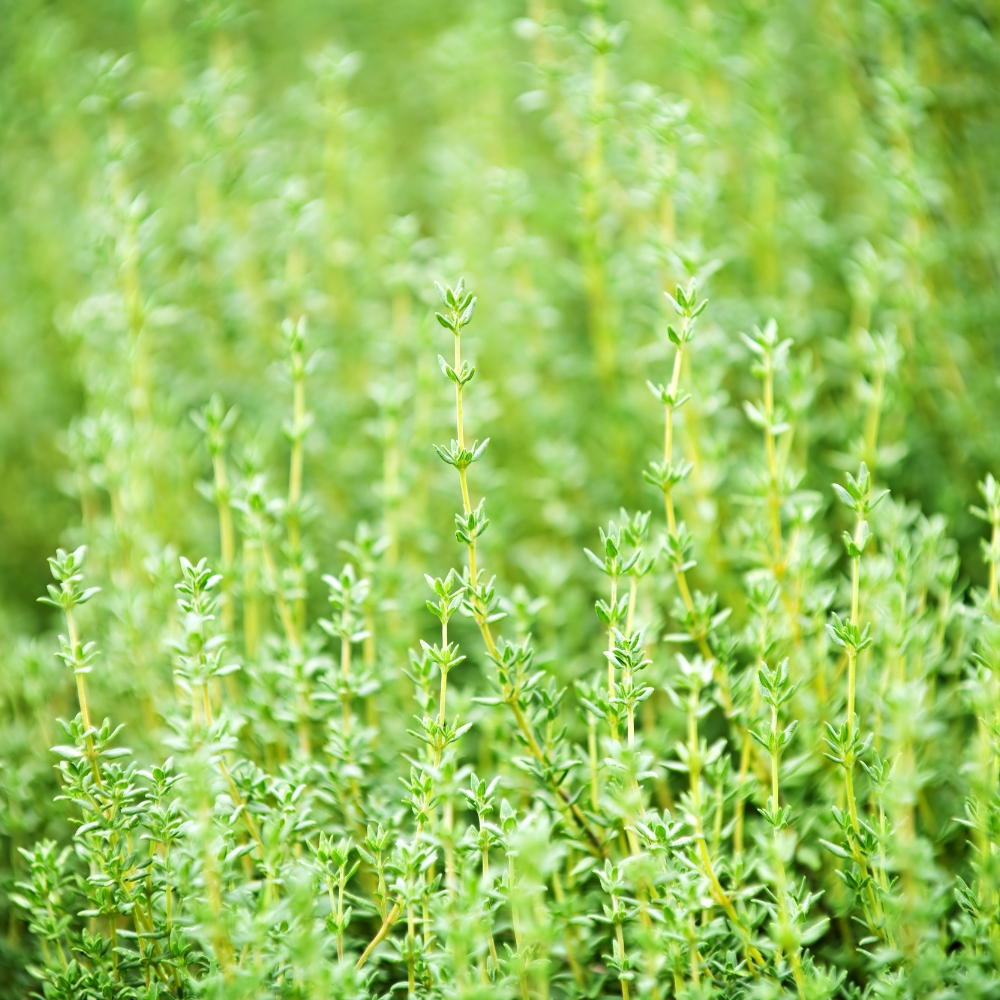
Meet the Hairstreaks: These delicate dynamos are all about the details—vibrant colors, striking patterns, and those signature "hair-like" tails on their hindwings. Catching sight of one in your garden is like spotting a tiny, flying jewel.

Gray Hairstreak (Strymon melinus)
- Boys vs. Girls: Both wear sleek gray wings with a pop of red near the tail and black-and-white stripes. Males are slimmer and sport a darker gray tone.
- Home Turf: Found everywhere—from southern Canada to Central America, frequenting gardens, fields, and woodlands.
- Favorite Fuel: Milkweed, clover, goldenrod, asters—they enjoy a diverse menu.
- Egg Drop Spot: Lay eggs on a variety of plants, including legumes, mallows, and even cotton.
- Caterpillar Chow: Larvae feed on legumes, mallows, and grasses—a varied diet for strong growth.
- Behavior: Males are territorial, patrolling sunny spots and defending patches of habitat. Spiral flights with females are part of their courtship display.
- Flight Period:
- Lowlands: April to October, with 2-3 broods.
- Mountains: June to August, single brood.
- Winter Stage: Overwinters as a caterpillar.
- Adult Food: Beyond nectar, adults gather at mud puddles to obtain vital minerals.

Banded Hairstreak (Satyrium calanus)
- Boys vs. Girls: Dark brown wings with bold blue or white bands. Males might flaunt a sharper blue hue and smaller size.
- Home Turf: East Coast to southeastern Canada, loving deciduous forests and their edges.
- Favorite Fuel: Dogbane, milkweed, and wild cherry are go-to nectar sources.
- Egg Drop Spot: Lay eggs on oak, hickory, and walnut twigs.
- Caterpillar Chow: Larvae stick to oak, hickory, and walnut leaves—forest staples.
- Behavior: Males establish territories in sunny spots near trees, actively patrolling and chasing rivals. Spiral flights with females signal courtship.
- Flight Period:
- Lowlands: June to August, single brood.
- Winter Stage: Overwinters as a caterpillar.
- Adult Food: Frequently sip nectar but also visit sap flows or damp soil for nutrients.

Eastern Tailed-Blue (Cupido comyntas)
- Boys vs. Girls: Males dazzle with bright blue upper wings, while females opt for understated brown with hints of blue near the body. Both boast tiny tails.
- Home Turf: Found across eastern and central U.S., into southern Canada, in fields and along roadsides.
- Favorite Fuel: Clover, alfalfa, wild strawberry—small flowers, big flavor.
- Egg Drop Spot: Lay eggs on legumes, including clover and wild peas.
- Caterpillar Chow: Larvae stick to legumes, especially clover and wild pea leaves.
- Behavior: Males patrol open areas, defending territories and seeking mates. Spiral courtship flights are common during sunny hours.
- Flight Period:
- Lowlands: March to November, with 3-4 broods.
- Winter Stage: Overwinters as a chrysalis.
- Adult Food: Regularly visit mud puddles for minerals in addition to nectaring.

Coral Hairstreak (Satyrium titus)
- Boys vs. Girls: Both sexes flaunt brown wings with a striking coral-red spot near the tail. Males are slightly smaller with sharper red spots.
- Home Turf: Found across the eastern U.S., Midwest, and parts of the Rockies—open woodlands and prairies are their playgrounds.
- Favorite Fuel: Milkweed, dogbane, butterflyweed—bright colors for these flashy feeders.
- Egg Drop Spot: Lay eggs on cherry and plum trees.
- Caterpillar Chow: Larvae munch on wild cherry and plum leaves—key for their survival.
- Behavior: Males perch and defend sunlit areas near host plants, performing aerial spirals during courtship.
- Flight Period:
- Lowlands: Late June to early August, single brood.
- Winter Stage: Overwinters as an egg.
- Adult Food: Often visit sap flows and rotting fruit in addition to nectaring.

Red-Banded Hairstreak (Calycopis cecrops)
- Boys vs. Girls: Both sport brown wings with a bold red-orange band across the hindwings. Males tend to have more vibrant coloration.
- Home Turf: Southeast U.S., from Texas to Florida and up to New Jersey and the Ohio River Valley. Open woodlands and garden edges are their hangouts.
- Favorite Fuel: Goldenrod, dogbane, milkweed—variety is their spice of life.
- Egg Drop Spot: Lay eggs on fallen leaves and plant debris around hardwoods.
- Caterpillar Chow: Larvae feed on decaying leaves and plant matter, thriving in forest-floor compost.
- Behavior: Males patrol shaded areas and engage in courtship flights. Females prefer laying eggs in damp, sheltered spots.
- Flight Period:
- Lowlands: April to October, multiple broods.
- Winter Stage: Overwinters as an egg.
- Adult Food: Visit mud puddles and decaying fruit to supplement their diet.

Striped Hairstreak (Satyrium liparops)
- Boys vs. Girls: Dark brown wings with thin white stripes and a subtle blue patch near the tail—both sexes rock this look. Males are nimbler and more active.
- Home Turf: Northeast U.S., southeastern Canada, and parts of the Midwest—deciduous forests and water edges are their favorites.
- Favorite Fuel: Milkweed, dogbane, chokecherry—nectar-rich and flavorful.
- Egg Drop Spot: Lay eggs on apple, hawthorn, and related trees.
- Caterpillar Chow: The larvae dine on apple, hawthorn, and cherry leaves—essentials for their growth.
- Behavior: Males defend small patches, patrolling for rivals and performing aerial displays.
- Flight Period:
- Lowlands: June to July, single brood.
- Winter Stage: Overwinters as an egg.
- Adult Food: Frequently visit damp soil for nutrients.
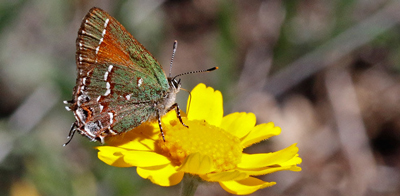
Juniper Hairstreak (Callophrys gryneus)
- Boys vs. Girls: Males sport brighter green underwings with crisp white lines, while females are a bit more muted with broader wings. Both have those cute little tails.
- Home Turf: Coast to Rockies, into parts of Mexico—wherever junipers grow, you'll find them.
- Favorite Fuel: Dogbane, milkweed, goldenrod—they're all about the nectar variety.
- Egg Drop Spot: Lay eggs on juniper and red cedar trees.
- Caterpillar Chow: Larvae rely exclusively on juniper and red cedar needles.
- Behavior: Males perch on host trees, patrolling their territory and chasing rivals. Females lay eggs on sunny, protected branches.
- Flight Period:
- Lowlands: March to October, multiple broods.
- Winter Stage: Overwinters as a chrysalis.
- Adult Food: Regularly seen puddling for minerals in addition to feeding on nectar.
By creating a diverse garden with both nectar sources and host plants, you'll support these butterflies through their full lifecycle—from egg to caterpillar to adult. Whether you spot them spiraling in courtship flights, gathering minerals from damp soil, or laying eggs on their chosen plants, these charming hairstreaks bring both beauty and fascinating behavior to your backyard habitat. Invite them in and enjoy the show!































































































